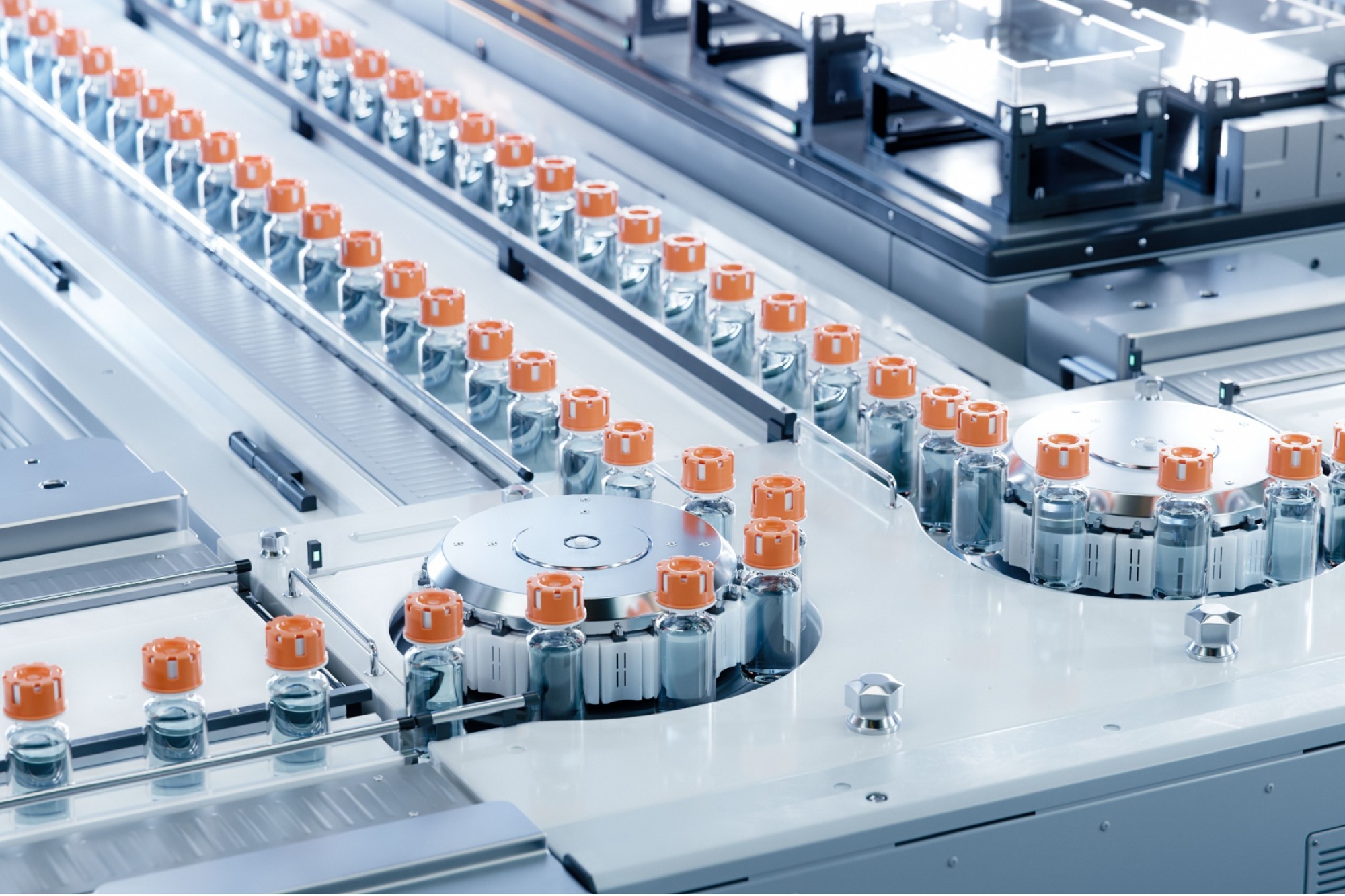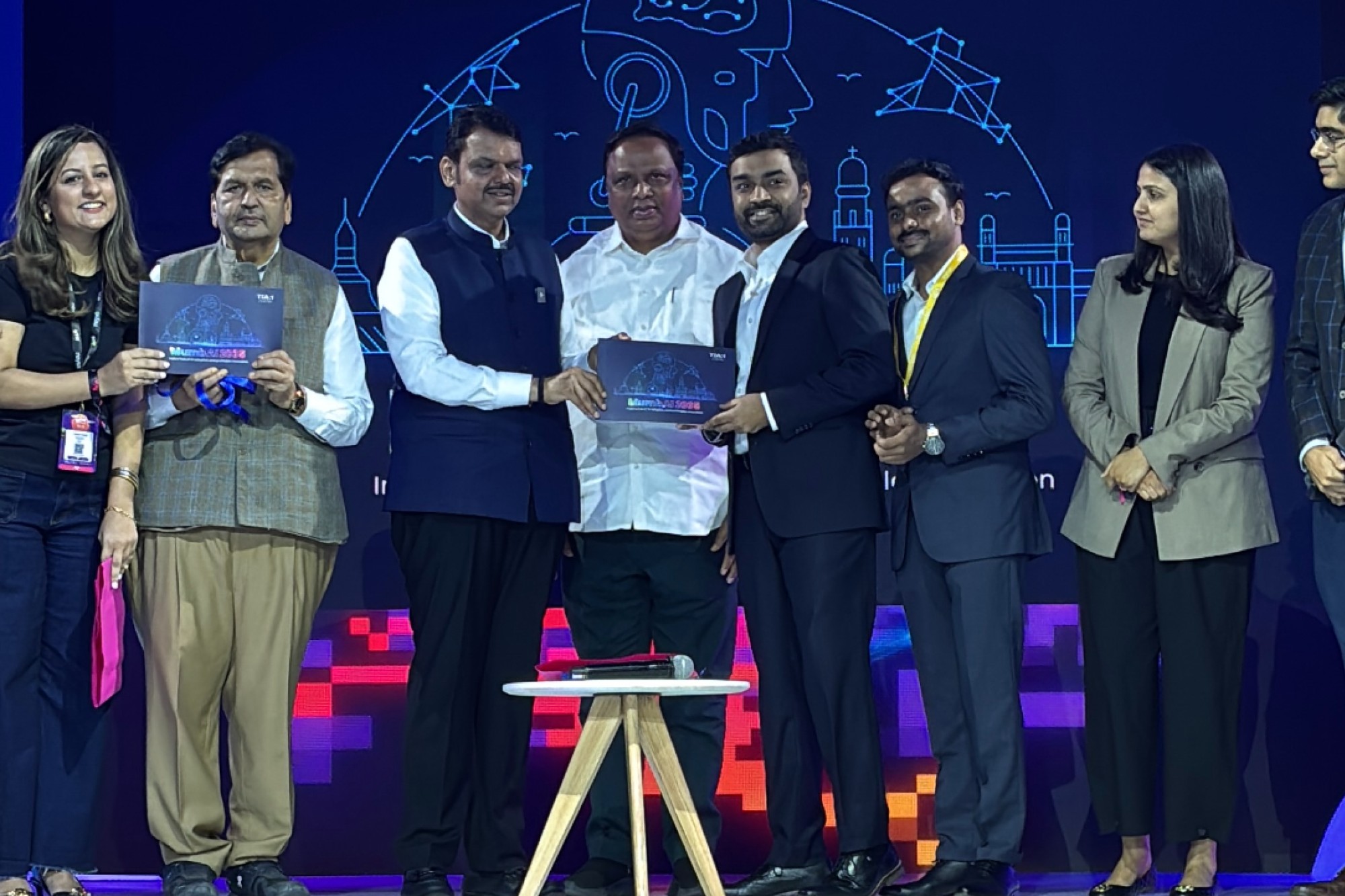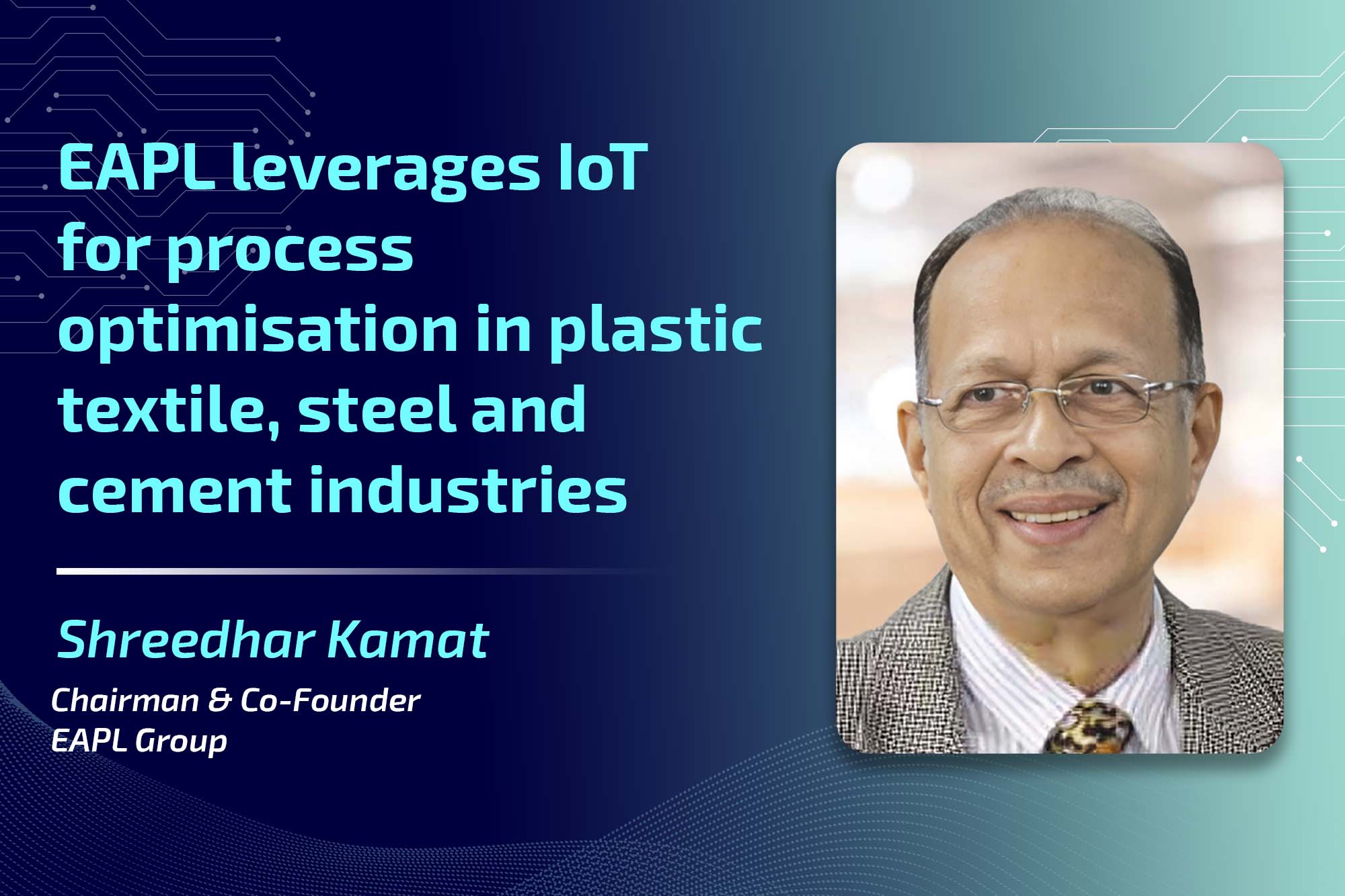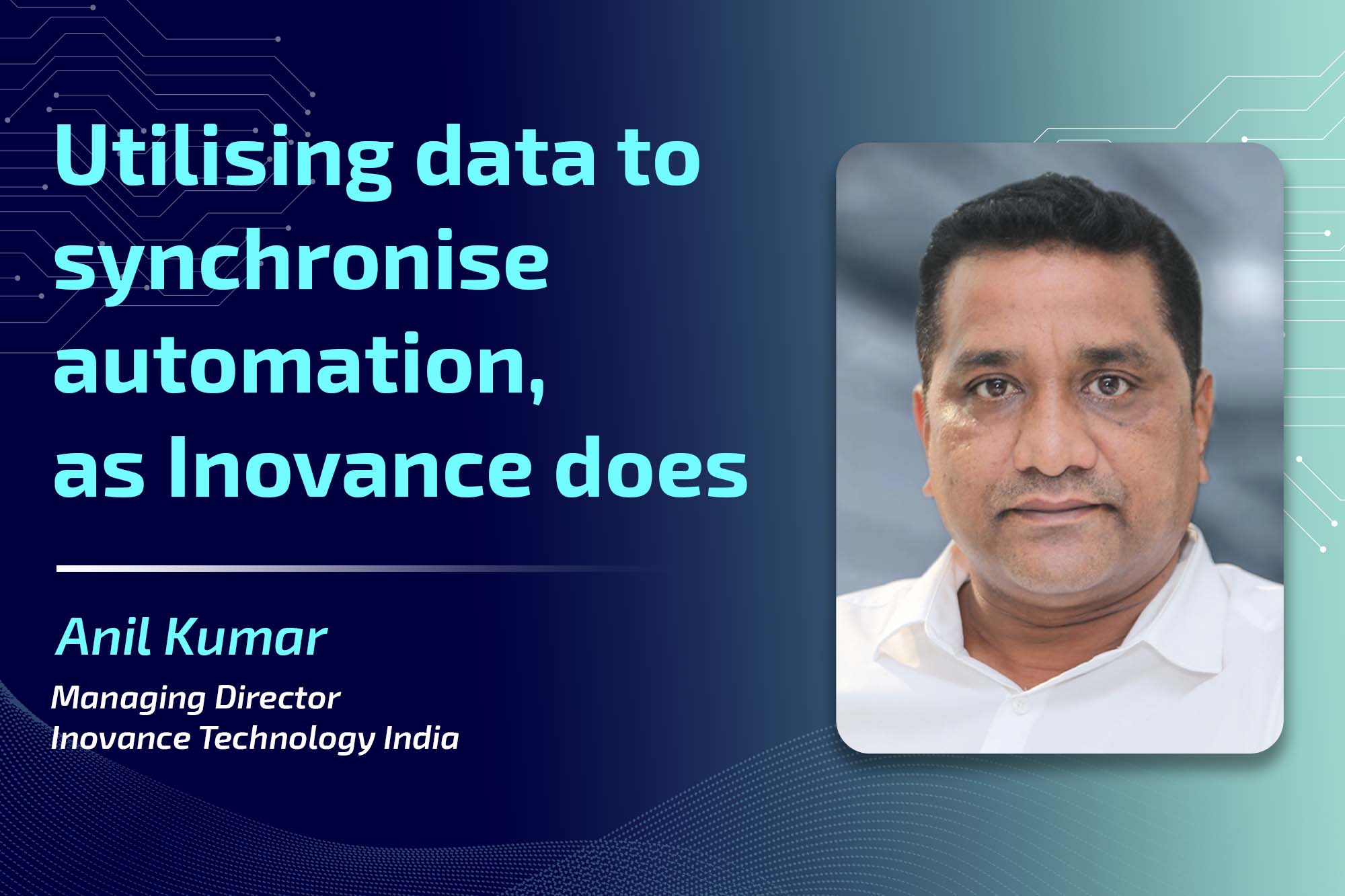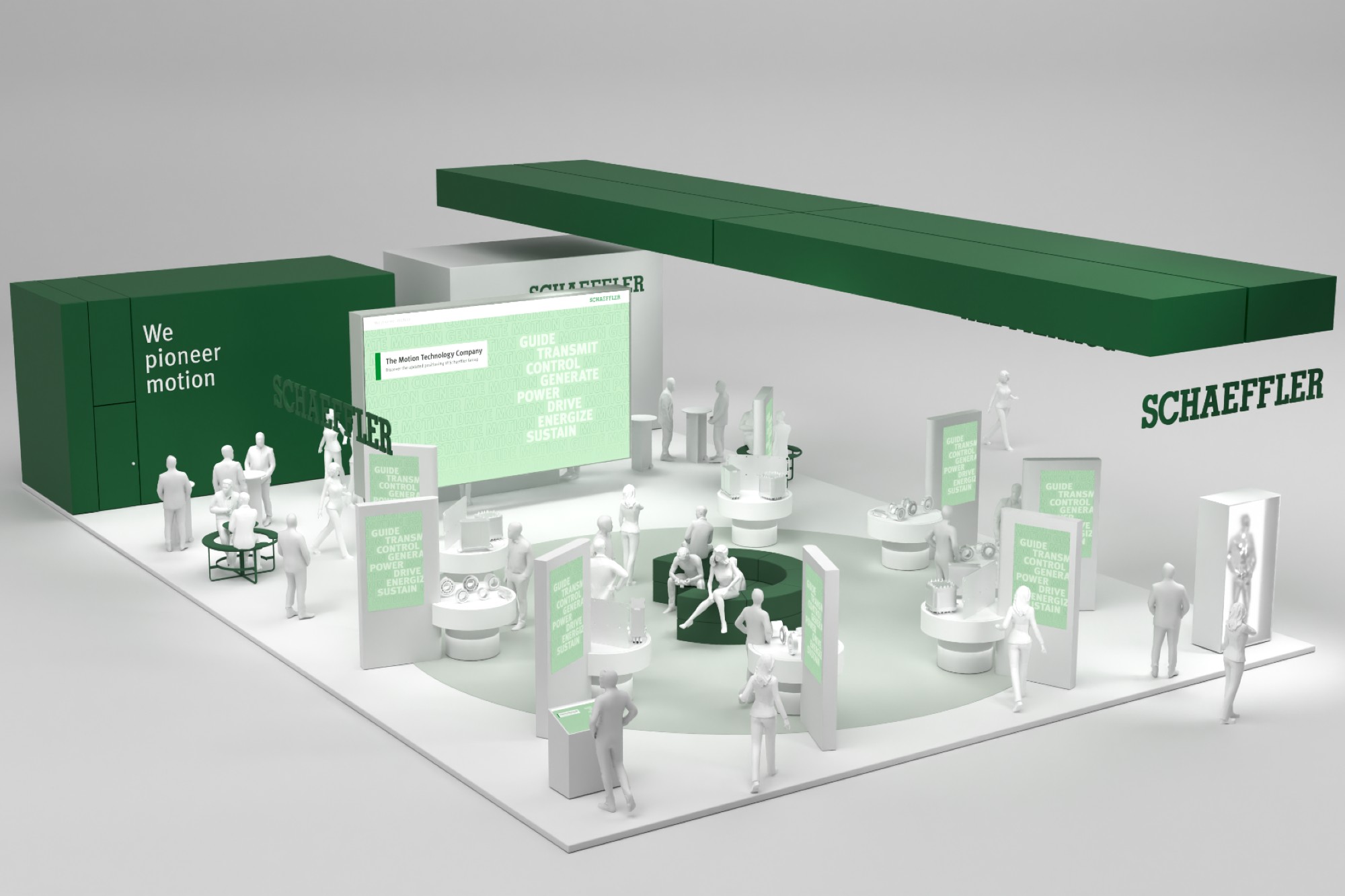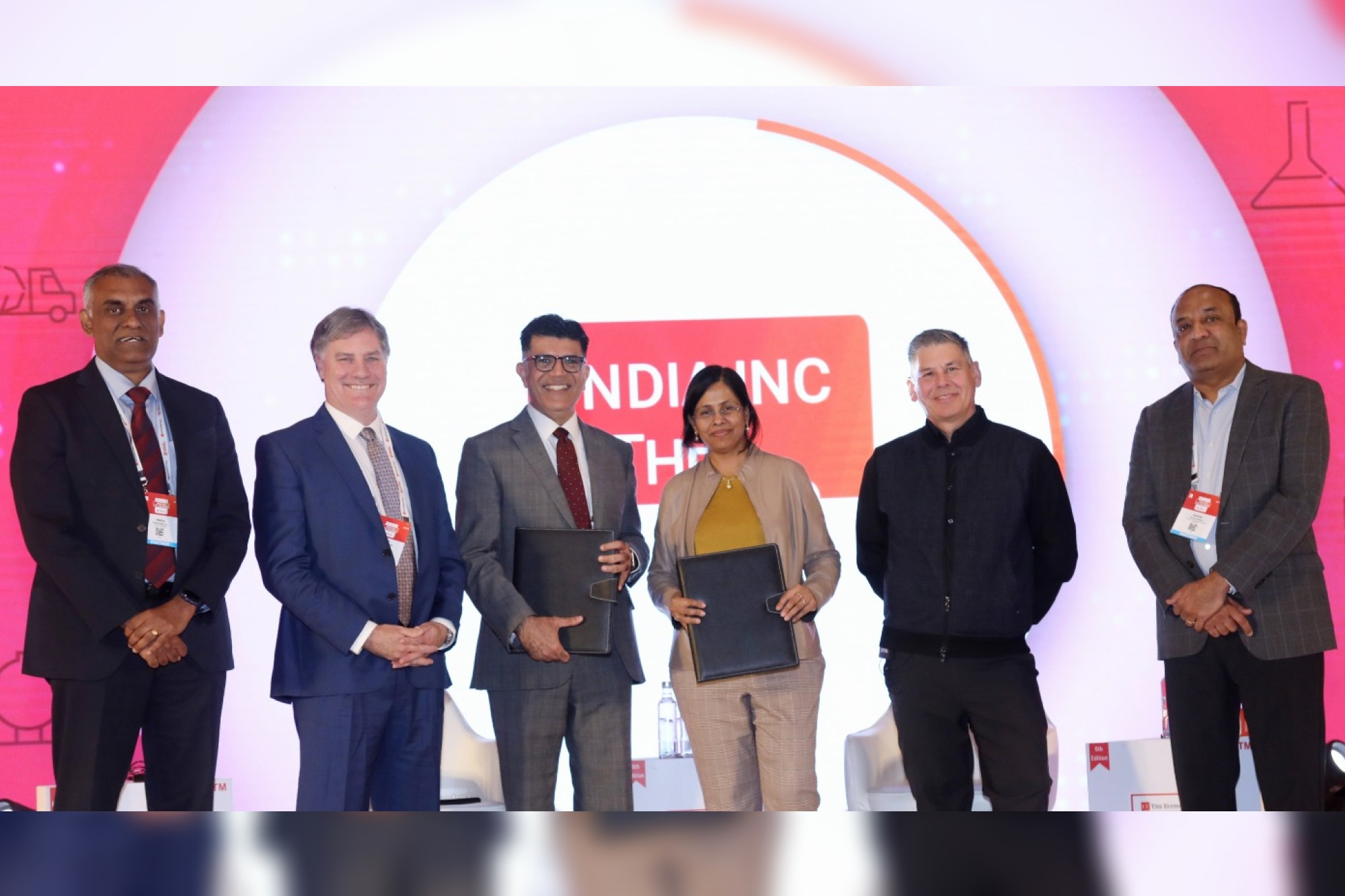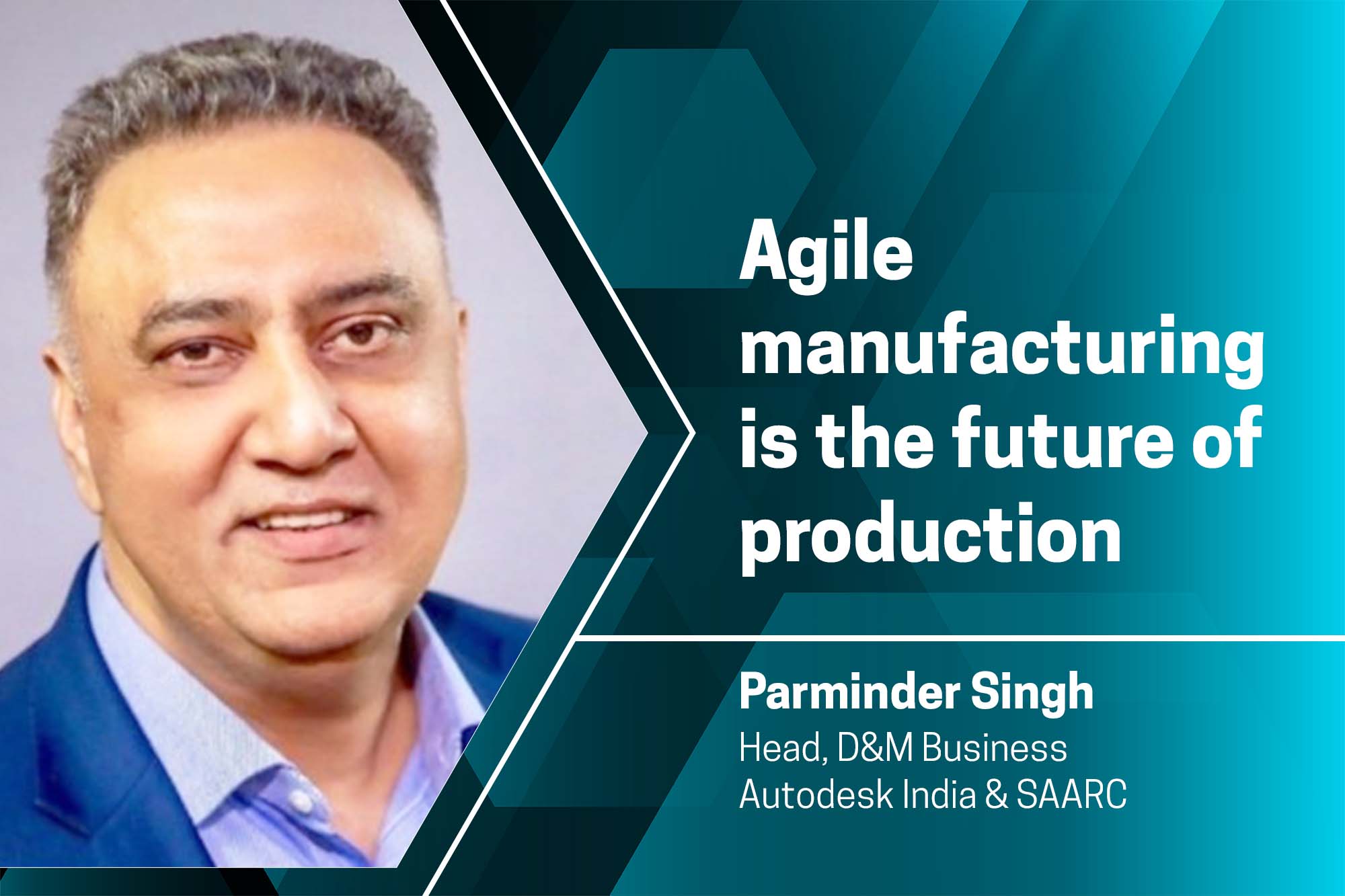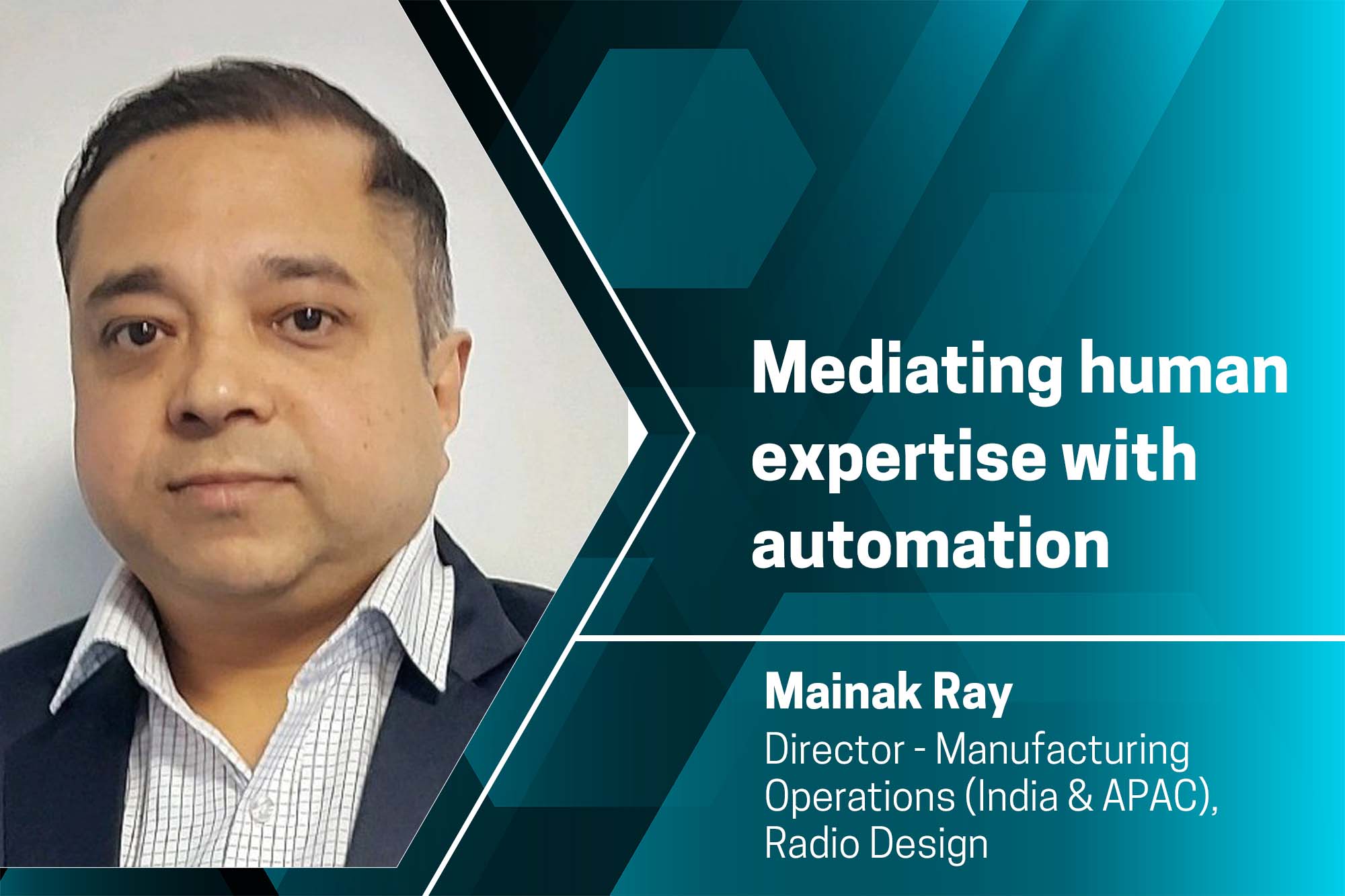Unlocking new opportunities with smart factories
By OEM Update Editorial April 2, 2021 7:52 am IST
Industry leaders discuss here how “Smart Factories” are enabling industries to create a value chain across the supply chain.
An in-depth analysis on how ‘smart factory’ will enable Indian manufacturers to compete in the future. The smart factory with the convergence of the digital and physical worlds – represents a leap forward from more traditional automation to a fully connected and flexible system. A complete transformation of the supply chain has become possible by using a constant stream of data from connected operations and production systems.
Adoption of smart factories across industries
Advanced technology adoption offers higher agility, flexibility, and interconnected manufacturing process, which connects machine and people to technology. Industry allows various assets, machines, products, supply chain, grids and enterprises to build a smart network in a complete value chain. A smart factory is a step towards a fully networked system. Today, technology is being put to great use in factories across India and many are consistently exploring new avenues to optimize and enhance processes in their plants. To which, Subrata Karmakar, President – Robotics & Discrete Automation business, ABB India Ltd, says, “Automated and connected factories are the future of manufacturing. Today, they have enabled increased productivity and efficiency, while also improving the working conditions in smart factories. India’s manufacturing industry is at a relatively early stage of automation. This provides attractive growth opportunities in robotics, and machine and factory automation.” This is mainly due to the relatively low automation penetration in Indian industries in India and therefore, massive catch-up potential. Sameer Gandhi, MD, OMRON Automation, India adds, “It is picking up gradually. Sectors like automotive and others like FMCG, Pharma and Food n Beverage are also taking significant leaps by investing in robots and other technologies. The desire for productivity gains and catering to more and more customised requirements in this post-COVID environment is driving this increase in uptake.” Ninad Deshpande Head – Marketing & Corporate Communication, B&R Industrial Automation elaborates, “Today, the amount of digitisation and the extent to which IoT has affected our lives in consumer space is unimaginable. We as consumers are demanding connectivity and ease of doing things in all aspects of our daily lives right from switching on lights to driving cars. However, until recently, comparing consumer space scenario one might think that the same effect would have been observed in manufacturing space. Unfortunately, even after almost a decade since everyone started talking about Industry 4.0, digital transformation, make in India and Digital India, its impact in manufacturing operations and practices is still rising slowly and not comparable to consumer space. Referring to various reports and studies, at 36 percent North America is leading in the overall Industry 4.0 adoption whereas Europe and Asia are at 27 percent and 20 percent, respectively owing to a variety of reasons. However, it has not yet seen on an immense scale with many unwilling to take the first step. No doubt, over the years in India, there has been an increased interest in realising smart factory concept and factories of the future, but proper guidance and research related to available technologies, challenges in adoption of technologies and it’s benefits is either limited or not available readily.” Without any doubt the implementation of smart factory concepts is definitely going to change the way India designs, manufactures, and trades products and services. The manufacturing industries across India, without consideration of their size, should try adopting various technologies to build their factory of future. No doubt, over the years many have evaluated various technologies and market trends. Yet only a few have taken their first steps in their digital transformation journey. We find more manufacturers and factories whether big, small, MSMEs and SMEs looking at moving forward in their transformation journey. We expect a slow yet noticeable growth in years to come.
Steps to be taken by the companies and MSMEs to move towards smart factories
As rightly said, digital transformation is a journey and it should not be mistaken for a plug and play kind of implementation. A good strategy and a roadmap with milestones are key factors enabling industries to achieve success. Yet an essential part of success depends on selecting the right partner in the transformation journey. Karmakar said, “Our customers are telling us that the need to accelerate the adoption of robotics and automation is critical, both to protect the health of their employees, as well as to enhance business continuity, especially with businesses increasingly focused on flexibility and simplicity (of installation and use).”
More than ever before, consumers want products that are tailored to their needs, and they want them now. The factory of the future must therefore be able to respond much more dynamically to ever-changing consumer requirements and trends. For factories, this means that rigid automation must give way to flexible production. Gandhi adds, “MSMEs have a huge scope and a requirement for automation. All that needs to be done is to have a big vision and follow a step- by-step approach while forming associations with the solution providers.” This step-by-step approach is extremely important to climb the ladder of automation. It is not required to make a big one-time investment. Tying up with a reliable automation partner who has the capability to provide complete solutions would prove very helpful in putting up the approach and the vision on paper. Deshpande continues, “In my opinion, those wanting to embark on their digital transformation journey should follow five basic steps while creating a roadmap. Firstly, they should identify gaps in their existing processes and operations and which areas that could be digitised. The next steps is to evaluate various technologies and understanding what each next generation technology of solutions has to offer and what kind of problems will it solve. The next steps is to make feasibility studies and map these technologies against the identified gaps. The fourth steps is to prioritise technologies for implementation, which will be done with a prerequisite understanding of investment needed and what would be the perceived benefits, RoI and the estimated timelines for achieving returns.”
Robotic tools are being widely used in your facility
Automation, robotics and seamless vertical and horizontal connectivity help is creating an interconnected line and factory. In addition, deployment of machine learning, digital twin, artificial intelligence are some technologies which helps OEM to further optimise their offerings and making their machines and lines smart. Karmakar said, “Currently, ABB factories in India have deployed ABB IRB range of robots as part of the quality process for testing its wide range of MCB, MCCBs, contractors and also wielding and screwing operations of different product lines in ABB.” Gandhi added, “OMRON is one of few players in globally known for having a sturdy and multi-dimensional robotics portfolio seamlessly integrated with the vision systems. OMRON’s robotic solutions – Cobots, Scara robots, Articulated Robots and Parallel robots along with the vision system synchronise movement, facilitate part movement, and enable assembly of very intricate designs with speed and precision delivering numerous benefits such as increased uptime and through put, high levels of safety and optimisation of space and energy consumption. Also, OMRON Mobile Robots (AMRs) are adding a lot of value to many ancillary industries by creating collaboration between human beings and machines to increase productivity in varied operations.”
Machine Learning, AI, robotics and automation are widely used by OEMs
In the future, machine-learning and AI will enable robots to self-learn and self-adjust, facilitating improved performance. Through machine learning and AI, we see opportunities to further develop human-robot collaboration, making robots more autonomous, within the set parameters. Robots should be made capable of self-learning or self-optimising in the long term. It’s not about copying human abilities, but about allowing robots to work in unstructured environments. For this, it is important that the robots recognise certain patterns, for example labels on bottles, to be able to correct errors independently. In the future, robots will be able to learn new tasks from other robots as well.
Robots today are easier to install, program and use than ever before and this is removing many entry barriers. Karmakar adds, “ABB partnered with a Silicon Valley AI start-up, Covariant, to bring AI-enabled robotics solutions to market, starting with a fully autonomous warehouse order fulfilment solution. Today, warehouse operations are labour intensive, and the industry struggles to find and retain employees for picking and packing. While robots are ideally suited to repetitive tasks, until now, they lacked the intelligence to identify and handle tens of thousands of constantly changing products in a typical dynamic warehouse operation. ABB’s partnership with Covariant is part of our strategy to expand into new growth sectors such as distribution and e-commerce fulfilment and to leverage the scaling potential in these fields. We identified a significant opportunity for robotic solutions across a broad range of applications including logistics, warehousing and parcels and mail sorting.” Whereas, Gandhi says, “Yes, sure. All these technologies are valuable in helping the OEMs turn their factories smarter and connected by helping them cope up with their biggest challenges like reducing downtime, decreasing frequency of sudden failures, improving changeover efficiency and real-time data based predictive maintenance.” To which Deshpande adds, However, a true connected enterprise would be a reality if the entire value chain, supply chain, logistics, deliveries, grids are connected with each other with a possibility of taking decisions and actions based on events. No doubt, incorporating one technology at a time will eventually help in such intense connectivity aspirations of the smart factory.” Furthermore, Maulik Patel, Executive Director, Sahajanand Laser Technology Ltd (SLTL) explains, “The new era is more about the unification of automation and digitisation. To support it, SLTL offers various automated solutions for sheet metal cutting, 3D cutting and robotic cutting and welding. With the support of the in-house, DSIR approved, R&D department, we are constantly innovating and looking forward to expand our vision to provide customized automated solutions to the industry. Extensive measures are undertaken to develop new systems and bringing upgradation in the technology. Our team always looks forward to bring solutions for various industrial challenges with innovative technologies.”
The benefits and challenges for the OEMs while transitioning towards smart factories
Karmakar talks about ABB,” Robotics and automation have proven to deliver a host of benefits in a wide variety of applications, even in the upcoming segments like health care. When OEMs are introducing robotics to their production processes, they have typically seen a significant transformation in their productivity and efficiency, with higher levels of output, product quality and flexibility amongst the many improvements noted. In our view, the Factory of the Future is characterised by flexibility simplification, collaboration and digitalisation:
Flexibility is critical to accommodate greater product and packaging variation with shorter product lifecycles. Collaboration enables people and robots to safely work together for maximum flexibility and efficiency. Digitalisation provides the connected information needed for greater efficiency and reliability through the entire automation lifecycle – from engineering and commissioning to operation and maintenance. Our powerful simulation and offline programming software RobotStudio® help here. This creates a digital twin of production line, and enables the user to plan and design, simulate, visualise and optimise production offline.
Capital: Capex investmentAvailability of the right ecosystem: the adoption of automation depends a lot on how the whole project is designed and executed for it to be able to deliver the right performance. It’s not only about a particular solution like a robot, but about entire peripherals like the grippers, the mechanicals, the integration with the machine control PLCs to name a few.
Availability of the right skill set: not only for maintenance but also for implementing the right design and putting it together.” Deshpande said, “The key challenge remains for all is the investment and resources needed for such digital transformation journey. However, there are low handing fruits, which might be beneficial to look at for organisations, enabling them with a short time to success with minimal investment. However, it is essential for everyone to understand that nothing is free and some amount of monetary investment and a lot of time investment is needed. Thus, eventually challenges are to have an understanding of return on investments and knowing that it is a journey.”
New technologies added in smart factories to ease the entire factory processes
Karmakar explains what ABB has added to enhance the smart factory process, “The smart production line at ABB factories are continuously updated to improvise the production process. Currently, some of our factories can track and display operational performance parameters across the entire manufacturing chain in real time. The factory also has digital lifecycle management with interconnected automation components, machines as well as data on products and processes. Real-time feeds monitor the entire manufacturing process.” Whereas Gandhi says, “OMRON is known as one of the leaders in advanced industrial automation. The brand has the widest portfolio of Smart Sensors, Robots, Vision, Machine Safety, PLCs, Servos and Drives, based on our world-renowned ‘innovative-automation and 3 I’s concept (‘I’ stands for intelligent, integrated and interactive) working towards ‘enabling the Indian manufacturers to make world-class in India’ in the wake of the speedily rising and demanding Industry 4.0 expectations.
Nothing the same, Deshpande says, “What today is paraded under the banner of Industry 4.0 has been common practice at B&R’s own production facilities for nearly a decade. The smart factory in the Upper Austrian town of Eggelsberg has been fully networked since 2006 and is being upgraded all the time. One such example is the optimized production of our industrial PCs. Using an online configuration tool, B&R customers assemble their PCs to their exact specifications. After verifying the feasibility of configuration, the ERP system automatically generates a bill of materials with a unique serial number. Mathematically speaking, the customer has more than 250 billion different hardware configurations to choose from.”
Subrata Karmakar, President – Robotics & Discrete Automation business, ABB India Ltd
The smart production line at ABB factories are continuously updated to improvise the production process
Sameer Gandhi, MD, OMRON Automation, India
The desire for productivity gains and catering to more and more customised requirements in this post-Covid environment is driving this increase
Ninad Deshpande, Head – Marketing & Corporate Communication, B&R Industrial Automation
The key challenge remains for all is the investment and resources needed for such digital transformation journey
Maulik Patel, Executive Director, Sahajanand Laser Technology Ltd (SLTL)
The new era is more about the unification of automation and digitisation. To support it, SLTL offers various automated solutions for sheet metal cutting, 3D cutting and robotic cutting and welding.
Cookie Consent
We use cookies to personalize your experience. By continuing to visit this website you agree to our Terms & Conditions, Privacy Policy and Cookie Policy.




